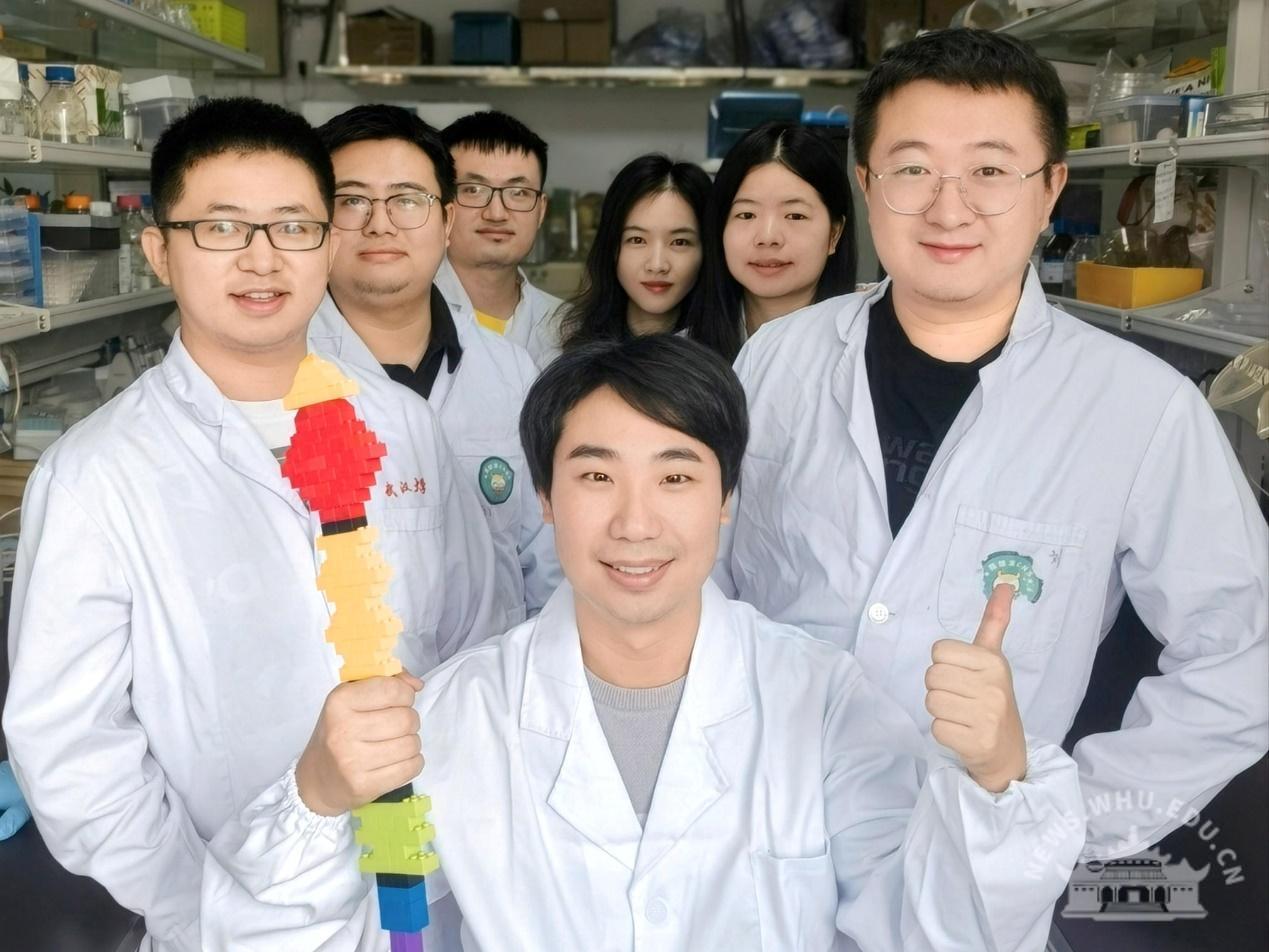On October 30, Nature published online the latest groundbreaking study of the team led by Yan Huan from Wuhan University's College of Life Sciences, along with the State Key Laboratory of Virology, TaiKang Life Sciences Center, and collaborators from Guangzhou Laboratory, the Chinese Academy of Sciences’ Wuhan Institute of Virology (Shi Zhengli’s team), and the University of Washington (David Veesler's team). Titled “Design of Customized Coronavirus Receptors”, this research marks the first time Yan Huan's team has introduced the concept of ‘customized virus receptors’ (CVR), which is aimed at constructing susceptible cell models without relying on natural receptors. Yan Huan, Shi Zhengli, and David Veesler were the corresponding authors, with Ph.D. candidate Liu Peng, master’s student Huang Meiling from Wuhan University, postdoctoral fellow Guo Hua from the Wuhan Institute of Virology, and Matthew McCallum from the University of Washington as co-first authors.


Receptor recognition is a crucial event in the process of viral infection and transmission. Receptor molecules on the cell surface are key to understanding viral entry mechanisms and are foundational for developing infection models, advancing mechanistic research and drug development. However, identifying natural receptors is fraught with uncertainty and delays, with certain critical viruses' receptors remaining unidentified for decades, hindering in-depth virology research. Facing the challenge, Yan Huan’s team has pioneered a new approach of ‘artificially designed virus receptors’. This modular approach, akin to ‘Lego blocks’, breaks down the complete receptor into two parts: the ‘virus-binding domain’ (VBD) and the ‘artificial receptor scaffold’ (ARS). Each is designed and optimized respectively, eventually joining through molecular grafting to create a customized virus receptor (CVR).

Design approach of artificial virus receptors
Starting with the ACE2 receptor and using the SARS-CoV-2 virus as a research model, Yan Huan's team analyzed the key factors affecting receptor functionality and developed a modular design strategy for coronavirus artificial receptors. In collaboration with David Veesler’s team, structural biology techniques were used to uncover the molecular mechanisms of these artificial receptors. Using artificial receptor technology, the team successfully designed functional CVRs for twelve coronaviruses from six different subgenera. By collaborating with Shi Zhengli’s team, the CVR infection model enabled the successful isolation and cultivation of coronaviruses like HKU5. The artificial receptor approach, particularly for viruses lacking identified receptors and infection models, has the potential to break bottlenecks in virology research, promoting foundational studies on viral infection mechanisms and aiding vaccine and antiviral drug development.

Scientific and practical value of artificial virus receptors
This paper marks the second major publication by Yan Huan’s team in Nature, following their December 2022 publication. The study received funding from the TaiKang Life Sciences Center at Wuhan University, the National Natural Science Foundation, and the National Key Research and Development Program.
Science article link:https://www.nature.com/articles/s41586-024-08121-5
Rewritten by Yang Xinyi


